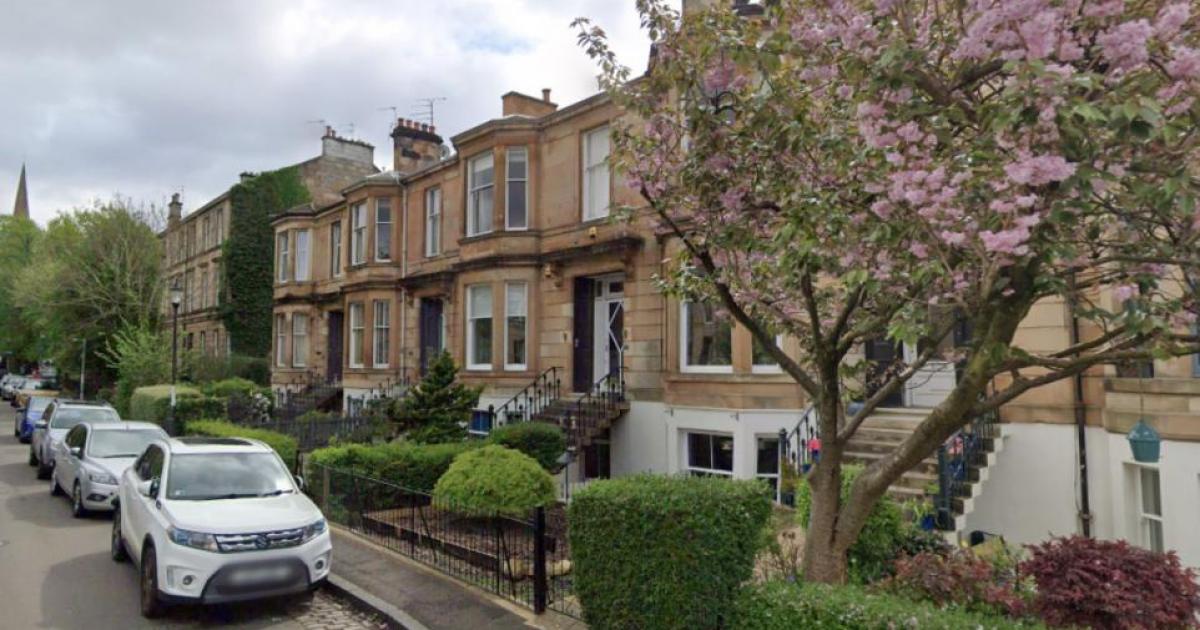Strathbungo in the Southside has been named one of the best and coolest places to live by both The Sunday Times and Time Out.
Earlier this year, the Sunday newspaper highlighted some of the things that make this area, which is sandwiched between Govanhill, Pollokshields and Shawlands, truly special.
Why Strathbungo could be the coolest neighbourhood in Glasgow and Scotland
Strathbungo has been named one of the best and coolest areas in the world (Image: Google Maps) The Sunday Times said: “There’s a strong feeling of neighbourly togetherness and co-operation in this tiny urban village.
“Community initiatives include the annual Bungo in the Back Lanes festival, Bungo at the Bells outdoor Hogmanay celebration and the Window Wanderland art trail.”
The newspaper added: “The Alexander “Greek” Thomson terrace on Moray Place adds a touch of elegance to the grid of streets, while La Gelatessa gelateria is perhaps the pick of a strong selection of independent shops, cafes and bars.”
In Time Out‘s coolest places list, the neighbourhood was named alongside locations around the globe, including Mers Sultan in Casablanca and Kerns, Portland, in the United States.
The Starthbungo Society, which aims to promote the “thriving community” in Glasgow, said the area is home to “magnificent architecture” and a classic Victorian street plan.
Strathbungo is home to a number of trendy spots like the Stag and Thistle and La Gelatessa (Image: Google Maps) Despite being small, Strathbungo is home to all sorts of people, including students, families and young professionals.
Discussing the diversity here, the society said that this is a “microcosm of much of what we find interesting and delightful in the world.”
Historically, the area, which neighbours Queen’s Park, wasn’t always a busy urban pocket and originally started out as a small, isolated village along Pollokshaws Road.
Recommended Reading:
In the 18th century, it was home to miners and crofters, and by the 19th century, newer developments began popping up, setting the stage for it to become a residential suburb linked to Glasgow by rail.
By the 1860s, tenements started to appear, and the last of the original village was lost in the 1890s.
The village never achieved burgh status and was eventually annexed into the City of Glasgow in 1891.
